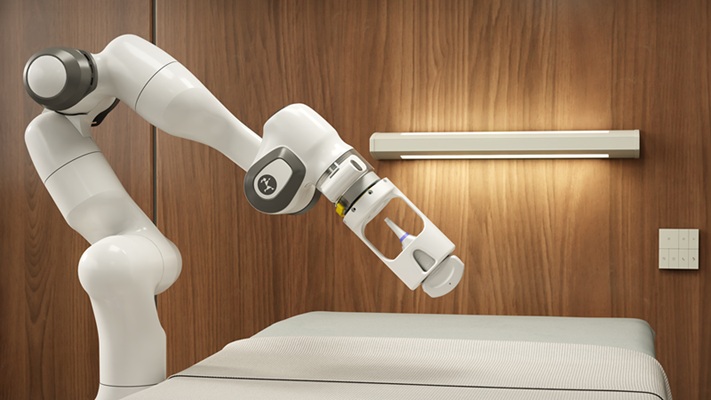Medical and Imaging Technologies Transform Healthcare Sector
By MedImaging International staff writers
Posted on 06 Oct 2015
An array of sophisticated inventions in medical devices, diagnostics, and imaging from diverse industries will remain at the heart of medical diagnosis and treatment, with the potential to address needs across developed, developing, and emerging countries. Posted on 06 Oct 2015
The Frost & Sullivan (Frost; London, United Kingdom) Top Medical Device and Imaging Technologies 2015 report contends that growth in the healthcare industry will center around 10 technologies: surgical robots, digital pathology, neuroprosthetics, surgical laser, smart pills, optical imaging, health informatics, integrated vital signs monitoring, artificial organs, and four-dimensional (4-D) ultrasound imaging. The Frost report throws light on each technology capability, maturity, global research intensity, adoption over the short and medium terms, and funding activities.
A common thread connecting the 10 solutions is their scope for convergence with non-medical platforms, which is part of the reason non-healthcare businesses such as Google (Menlo Park, CA, USA) and IBM (Armonk, NY, USA) invest in these technologies. The constant promotion of innovations in electronics, sensors, information technology, and advanced manufacturing is actively empowering product and technology progress in medical and imaging devices.
“The strong merits of the top 10 medical device and imaging technologies attract the attention of large and small healthcare companies alike,” said Bhargav Rajan, a senior research analyst at Technical Insights, the technology consulting arm of Frost. “Traditionally, cautious tier-1 firms stake claim in these pioneering modalities directly or indirectly through funding, tie-ups, and acquisitions.”
While some of these modalities, such as neuroprosthesis and hybrid imaging are moving towards commercialization, other technologies, including smart pills and surgical robots, are already in use, and will find widespread utilization across applications. Once commercialized, Frost foresees that these multidisciplinary medical and imaging devices will consistently influence market potential, research and development, and global adoption over several years.
“Stringent regulatory requirements as well as a competitive intellectual property landscape prolong the time-to-market and strain returns on investment,” added Mr. Rajan. “Collaborative and multi-cluster advancements in conjunction with non-healthcare industries will significantly reduce development times and lower barriers to market entry.”
Related Links:
Frost & Sullivan
IBM














